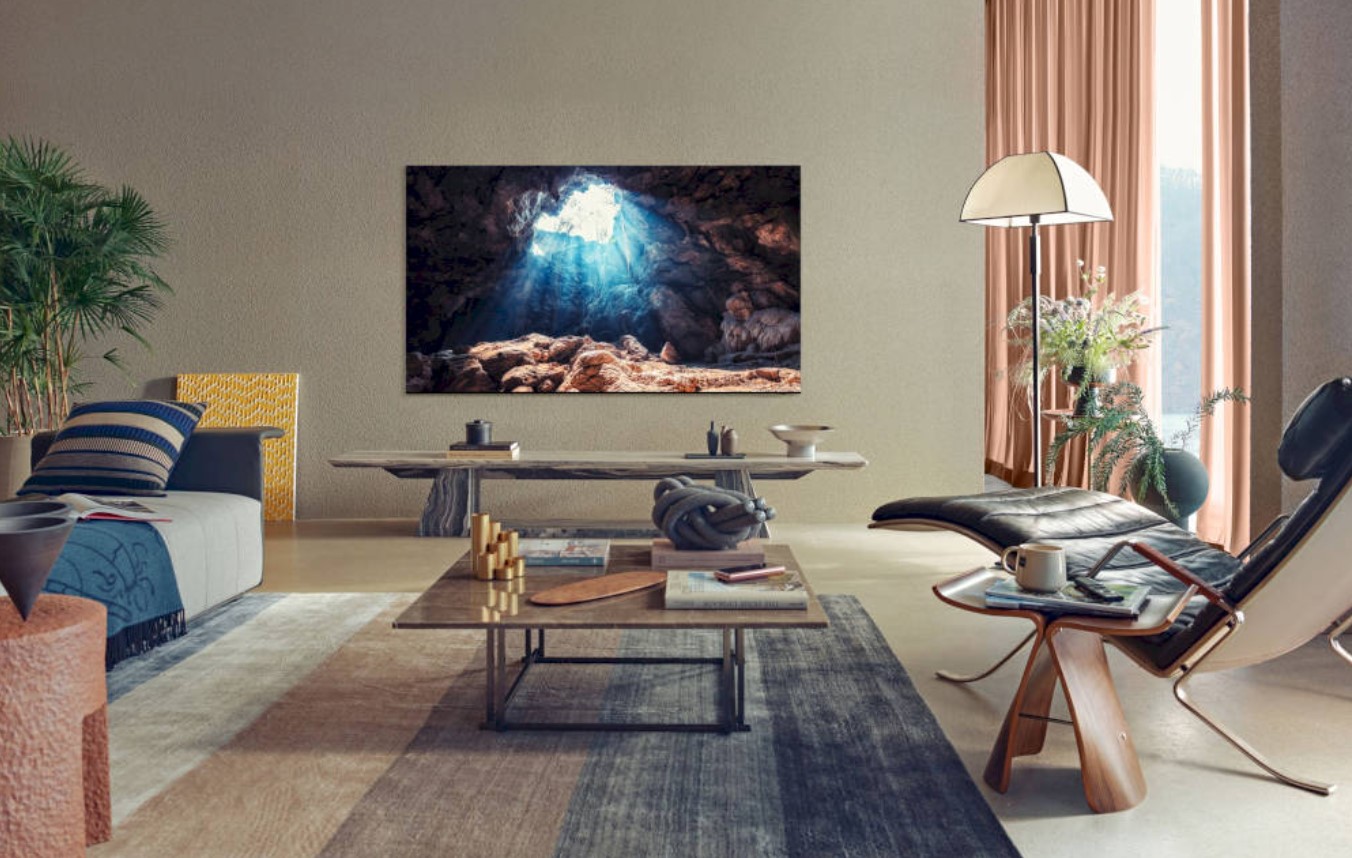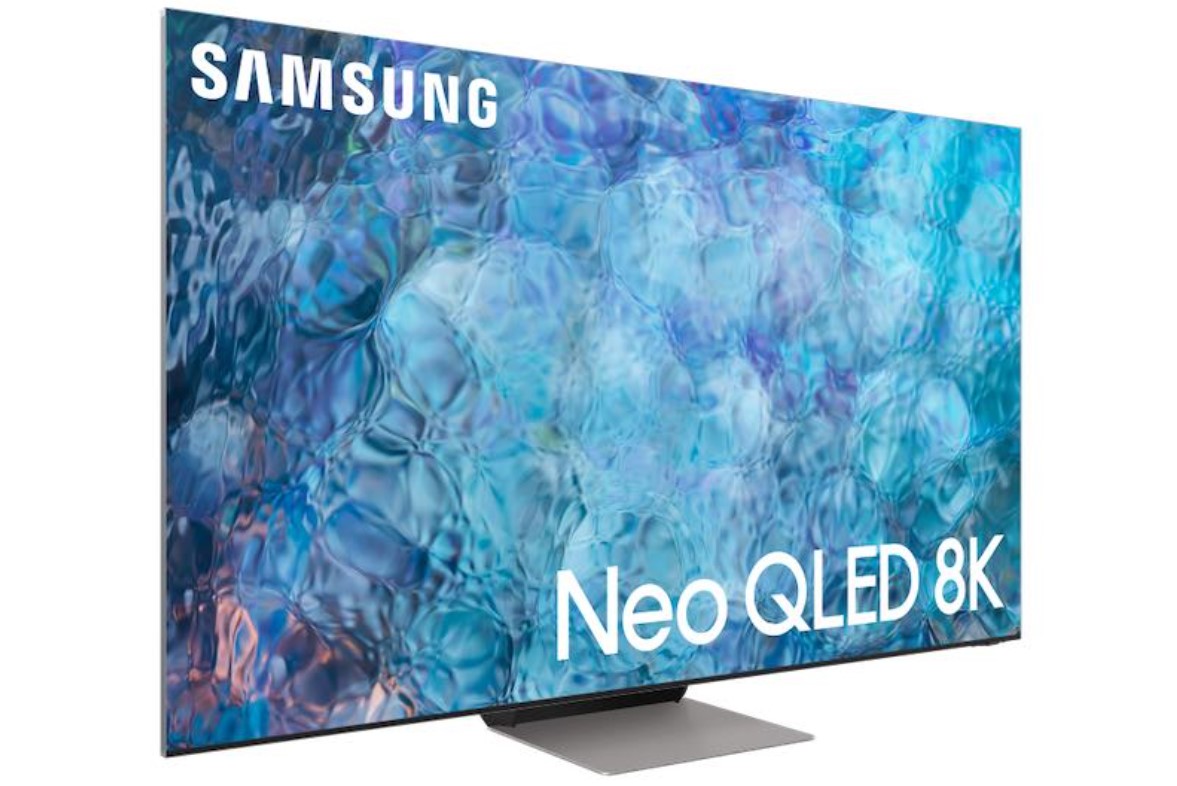
The new range of Samsung televisions is already a reality. With the firm’s new catalog for the year’s second half, Samsung gets rid of the QLED range to make room for the new Neo QLED televisions. This technology comes with the promise of improving the present. Despite this, most of the models launched in 2020 can be purchased at stores such as Amazon, MediaMarkt, or Carrefour. But what sets them apart from QLED TVs? What technology is better? We see it.
FIRST THINGS FIRST, WHAT DOES NEO QLED MEAN?
The term Neo QLED is nothing more than the trade name that Samsung has given to its televisions with Mini LED technology. This new technology is presented as a natural evolution of LED technology, which borrows some characteristics from OLED technology.

As its name indicates, the main novelty of Mini LED technology stems from the matrix size that illuminates each point, which is substantially reduced to 200 microns compared to 1,000 microns for a conventional LED panel. And it is that unlike OLED panels, where the lighting of the pixels is done individually pixel by pixel, televisions with LED technology of any type require an illuminating matrix made up of diodes together with an LCD matrix that regulates the color of the pixels depending on the content.
The objective of the Mini LED technology is to reduce the lighting area to introduce a greater number of zones that require lighting. This way, more detailed control of the different lighting areas is obtained, with all the advantages this entails. By having a matrix size five times smaller than traditional LED panels, turning the lighting on and off is more similar to what we can find in OLED panels, saving the differences. These panels are made up of an organic material that degrades with their use. And that is the second biggest advantage of Mini LED panels.
By not having organic components, the panel’s durability is much greater than that of OLED panels, whose degradation can result in burned areas or a “stuck” image. The next great advance in Mini LED panels will precisely try to replace OLED technology with pixel-by-pixel lighting control, with the advantage of having materials that do not degrade.
ARE THERE DIFFERENCES IN IMAGE QUALITY?
Theory tells us yes. By having greater lighting control, Mini LED panels with a higher level of contrast and a lower percentage of light leakage. The theory also tells us that the black tones will be much deeper, improving the “foggy” effect on some LED TVs. One of the great novelties that Samsung has introduced with this new technology is the encapsulation of the diodes that make up the matrices illuminating the pixels.

At the company’s launch event, Samsung claimed to have improved diode encapsulation to reduce light leakage. Theory dictates that these diodes are intended solely to illuminate the areas they occupy, unlike LED TVs, where the dispersion of light causes the dreaded leaks in black or gray images.
THE REST OF THE IMPROVEMENTS ARE DETERMINED BY THE HARDWARE
The latest technology accompanies the arrival of Samsung’s Neo QLED televisions, in addition to having HDMI 2.1 connections to take advantage of the different advantages of the new generation consoles. Samsung has also developed a new processor called Neo Quantum 4K and 8K, which is more powerful than previous generations and whose main function is managing the lighting in different areas. A new controller is also introduced, powered by a battery, a USB Type-C port for charging, and a small panel that allows charging through natural or artificial light.

I am a writer with eight years of experience writing in business and technology. I always carry a passion for learning and discovering new knowledge.

